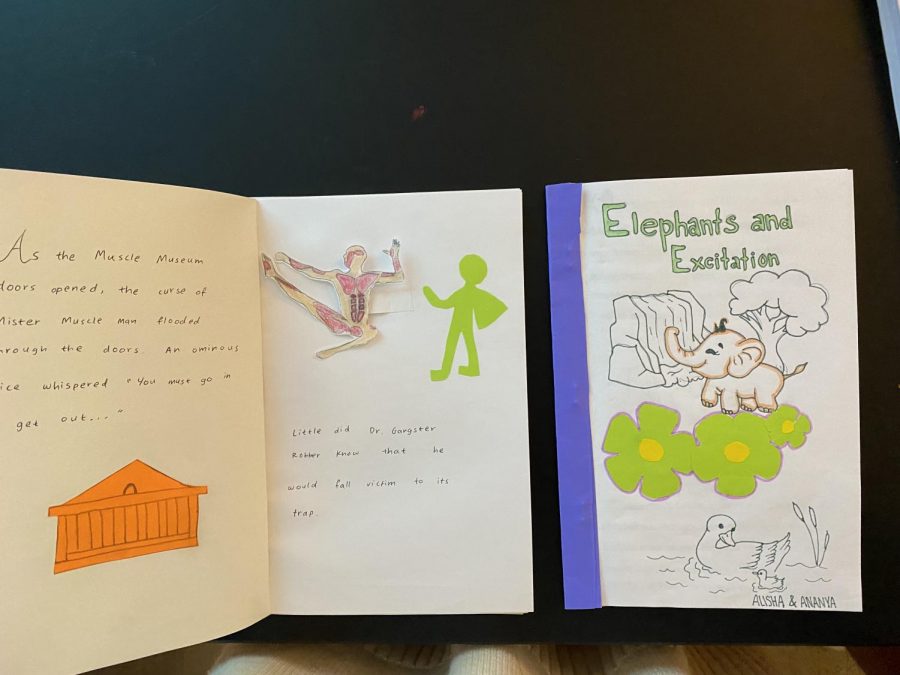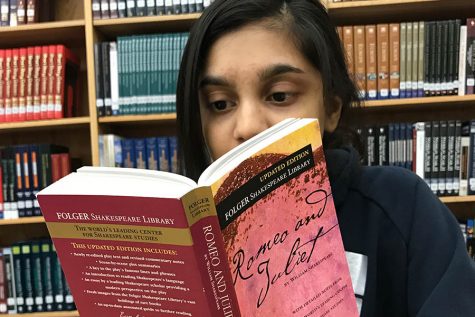Anatomy and physiology create children’s books
Anatomy and Physiology students created children’s books in attempts to simplify and learn about the contraction cycle. “I believe this project was beneficial to me because once I started writing, I was able to fully grasp the process of the contraction cycle,” Ibrahim said.
December 15, 2021
With the introduction of a unit on the muscle contraction cycle, Anatomy and Physiology students were given the opportunity to understand the material by creating a children’s book.
“Our students had to take a process of excitation contraction in muscles, which is typically a high level process, and reduce it to a level that an eight year old can understand in a children’s book,” teacher Gerald Nichols said. “[It] makes them think of it in a different light and different scheme, so they can really think more about the contraction cycle.”
In order for students to have created the children’s book though, they had to spend time in finding ways to minimize and simplify the vast amount of information from the complex process.
“The hardest part of creating the storybook was figuring out a way to simplify the contraction cycle,” junior Mishaail Ibrahim said. “We were limited on the number of pages we could have, which were 10 pages, so we had to really think about the most crucial information that had to be included. I was also worried that we would not finish on time as we spent most of the first class planning and outlining.”
Despite the requirements, students, such as Ibrahim, found the assignment as a useful approach in learning and understanding a new and difficult process.
“I believe this project was beneficial to me because once I started writing, I was able to fully grasp the process of the contraction cycle,” Ibrahim said. “Even though we wrote this book for an eight year old to understand, it challenged me to realize what I actually know about the contraction cycle and if I am capable of teaching it to someone else.”
Similarly, senior Neha Jarabandi thought creating a children’s book over a long and elaborate cycle to be entertaining and helpful.
“Not only was I able to create a dorky story about doctors, gangsters, and robbers, but I was able to solidify this difficult concept through constant application,” Jarabandi said. “Creating a book requires utmost knowledge of the topic, and I believe I’ve mastered the cycle of muscle contraction!”













